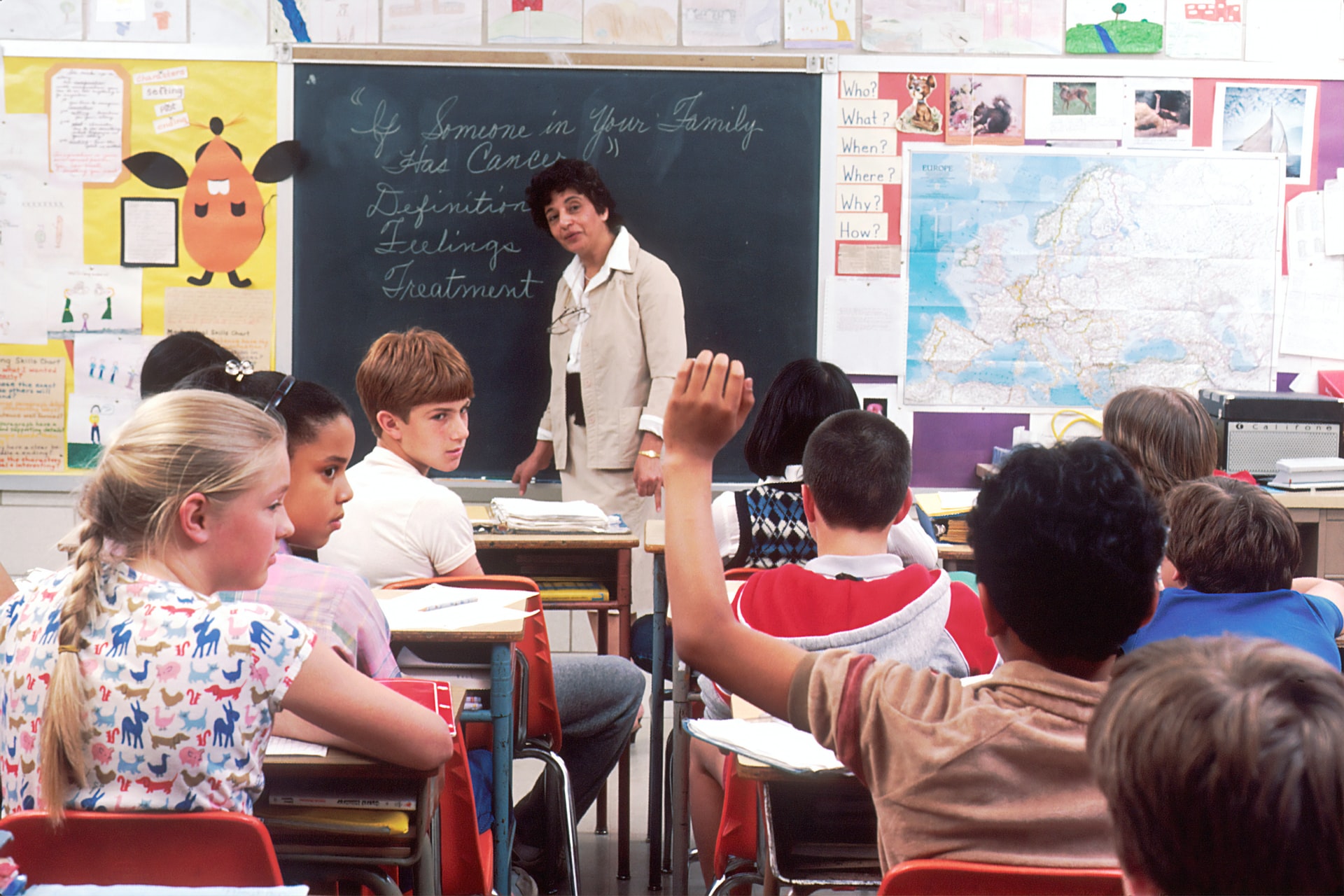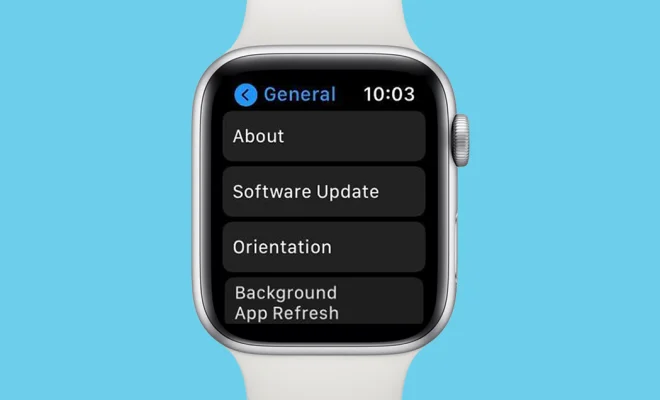Lessons in Amplifying Literacy with Technology

Many teachers often feel as though they are competing with technology for the attention of their learners. Having apps and devices present in their lives appears to be a barrier to encouraging reading habits. However, this does not have to be the case at all.
There are hundreds of online book communities on the internet and millions more resources that offer free books, weekly book recommendations, and other reading tools. The Kindle is a prime example of how technology can promote good reading habits.
Let’s take a look at how technology can boost the literacy of your students.
Start Embracing Technology
We can say for sure that technology is not going anywhere, which is why you should stop fighting it and start putting it to good use. Rather than banning devices or refusing your learners’ preference for video, start teaching them the educational value of technology.
Technology can support traditional literacies while also bringing forums and chats into the classroom. It can also help your students learn to create and tell stories, improving their reading comprehension in ways you did not think possible.
Perhaps most importantly, technology has the power to motivate your learners to read and write. They already enjoy technological storytelling, so their shift from consumer to creator should be a smooth one.
Video Book Reviews
Making a video review is not easy – it requires much more work from the student than writing a book report. They’ll need to read the book, write a script that describes their ideas logically, then present the review to a camera.
You could also ask them to recommend more reading based on what your class might enjoy, which is also a great way to give and receive feedback. Try looking to book review channels on YouTube for inspiration.
Ebooks and Audiobooks
Audiobooks present controversy, as the broader book community can’t decide whether listening to a book counts as reading. Still, playing an audiobook for the class is an excellent way to have them all ‘read’ simultaneously.
Younger learners also prefer ebooks because of their familiarity. If you are teaching students who have trouble reading or who need more incentive to read, then ebooks and audiobooks can be a great way to get them into the habit of reading.
Pairing Books With Movies
This is not a new concept, but it is still a fantastic way to amplify comprehension and literacy. As your students discuss the similarities and differences between the two mediums, they will be able to reflect on the positives and negatives of each, as well as their own understanding of the material.
Retellings, for both younger and older students, can lead to interesting conversations about inspiration, originality, and how we enjoy telling the same story in different ways. When students are allowed to reimagine classics in their own contexts, incredible things can happen.
Concluding Thoughts
Taking notes from book communities can help you figure out what can help you create a more engaging classroom literacy environment. Try not to resist technology – instead, embrace it, and let it help you amplify your students’ literacy.





